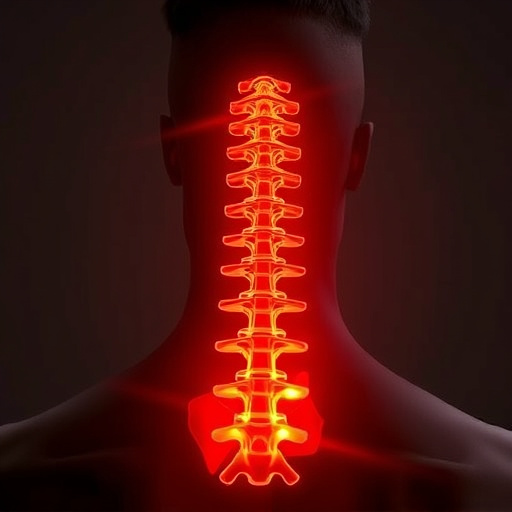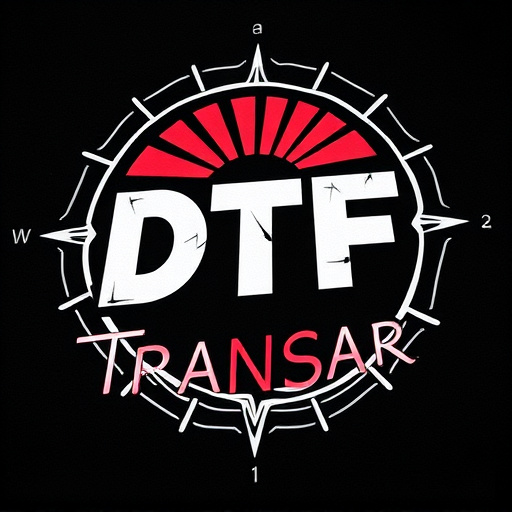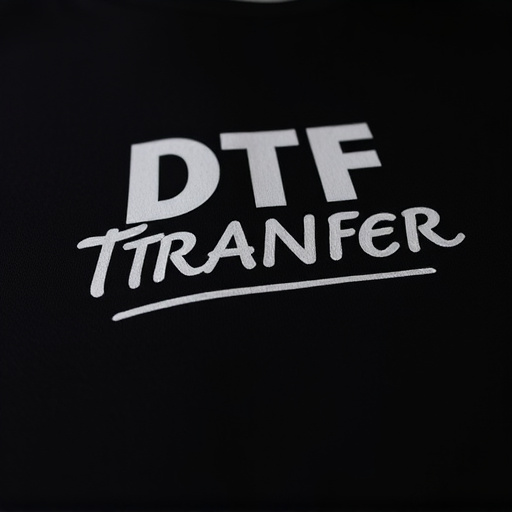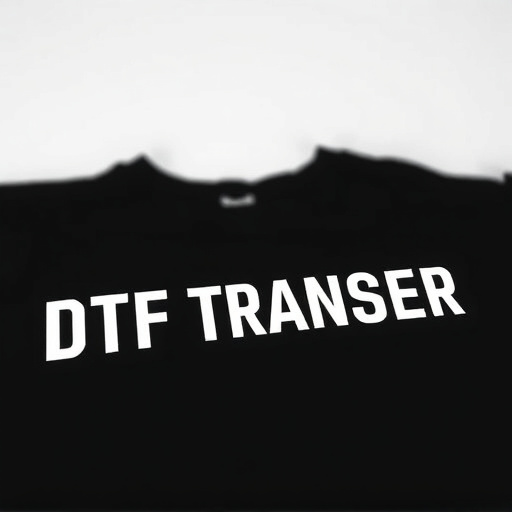Direct-to-Fabric (DTF) transfer technology is a revolutionary method for high-quality textile printing. It offers fast production times, excellent color accuracy, and versatility across fabric types. The removable nature of the transfers, facilitated by heat-activated adhesive, simplifies design customization. This efficiency makes DTF Printing popular among designers and businesses for on-demand graphics with minimal effort. When preparing DTF prints, understanding fabric types, using vector graphics, and precise placement are crucial. Warm removal of DTFs requires optimal conditions: temperature (71-82°C) and timing (5-10 minutes). Challenges like uneven prints can be avoided through precise alignment and adherence to manufacturer instructions. DTF Printing revolutionizes garment manufacturing, offering significant productivity gains in production facilities.
“Uncover the innovative world of DTF (Direct to Film) transfer technology, a game-changer in printing and design. This article delves into the art of creating transfers meant for warm removal, offering a fresh perspective on print preparation. From understanding the basics of DTF technology to exploring its advantages and navigating challenges, we guide you through every step. Discover optimal conditions for seamless removal, common pitfalls, and real-world applications that showcase the versatility of DTF prints.”
- Understanding DTF Transfer Technology: A Primer
- The Benefits of Designing for Removal
- Key Considerations in DTF Print Preparation
- Optimal Conditions for Warm Removal
- Common Challenges and Troubleshooting Tips
- Real-World Applications and Case Studies
Understanding DTF Transfer Technology: A Primer

DTF (Direct to Fabric) Transfer Technology is a revolutionary process in the textile printing industry that allows for high-quality prints on various fabrics while ensuring the transfer can be easily removed while still warm. This method involves applying a special ink directly onto the fabric, which then undergoes heat treatment to fuse the ink into the fibers, creating a durable and vibrant print. DTF Printing offers numerous advantages, including faster production times, excellent color accuracy, and versatility in printing on different types of fabrics, from cotton to polyester.
Unlike traditional transfer methods that require multiple steps and often result in a more permanent fixation, DTF Transfers are designed for ease of removal. The heat-activated adhesive allows the transfer to adhere temporarily, making it possible to peel away while the fabric is still warm. This feature not only simplifies the printing process but also enables the creation of dynamic and customizable designs. DTF Prints have gained popularity among designers and businesses due to their ability to produce high-quality, on-demand graphics with minimal effort.
The Benefits of Designing for Removal

Designing transfers with the intention of removal while still warm offers a range of benefits for creators and businesses utilizing Direct-To-Fabric (DTF) printing methods. One of the primary advantages is the ability to create customizable, temporary designs that can be easily revised or updated. This flexibility allows artists and designers to experiment with different patterns, colors, and layouts without committing to permanent applications. For example, in the context of DTF Printing, manufacturers can produce limited-edition prints or personalized items, catering to customers who appreciate unique, ever-changing styles.
Furthermore, this approach streamlines the production process by eliminating the need for complex removal tools or techniques after printing. Warm removal transfers reduce waste and save time, making it an efficient solution for short-run or one-off projects. This efficiency is particularly appealing in industries like fashion, where trends evolve rapidly, and manufacturers seek methods to swiftly adapt their product offerings. By embracing the DTF Transfer process, businesses can stay agile, cater to diverse customer preferences, and maintain a dynamic presence in their respective markets.
Key Considerations in DTF Print Preparation
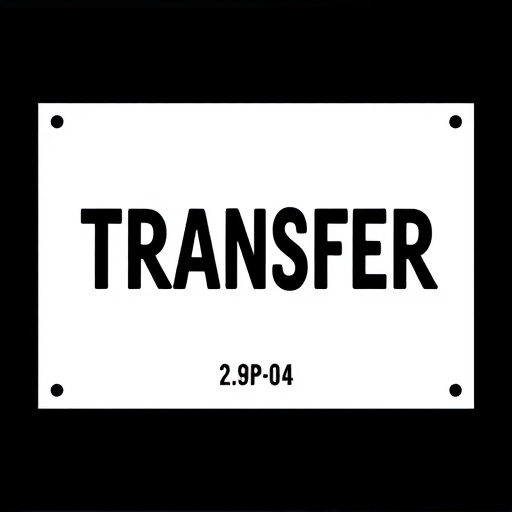
When preparing designs for DTF (Direct to Fabric) printing, several key considerations come into play to ensure the best results and a smooth transfer process. The first step is to understand the fabric type; different materials require specific settings and techniques for optimal DTF prints. Cotton, for instance, is a popular choice due to its absorbency, while synthetic blends might demand higher heat and pressure to achieve a secure transfer.
Another crucial aspect is design preparation; vector graphics are ideal for DTF transfers as they ensure sharp lines and clean details. Removing any background elements that won’t be printed onto the fabric ensures the final product looks as intended. Additionally, considering the placement of designs on the garment is essential; proper alignment guarantees a professional finish. Testing the print on scrap fabric before the final application allows for adjustments to heat, pressure, and time, ensuring the DTF transfer is removed easily while still warm, leaving behind a vibrant, long-lasting design.
Optimal Conditions for Warm Removal

When it comes to removing DTFs (Direct To Fabric Transfers) while still warm, understanding optimal conditions is key. The ideal temperature for warm removal typically ranges between 160-180°F (71-82°C). This range allows for the heat to activate the adhesive on the transfer, ensuring a secure bond to the fabric. Exceeding this temperature can lead to potential damage or discoloration of the fabric.
Additionally, proper timing is crucial. Allowing the DTF to cool down before attempting removal can result in a more successful process. A general rule of thumb is to let it sit for about 5-10 minutes after application, giving the heat enough time to set the transfer while minimizing the risk of heat damage to the fabric. This brief pause creates conditions that make removing the DTF easier and reduces the likelihood of leaving behind any residue.
Common Challenges and Troubleshooting Tips
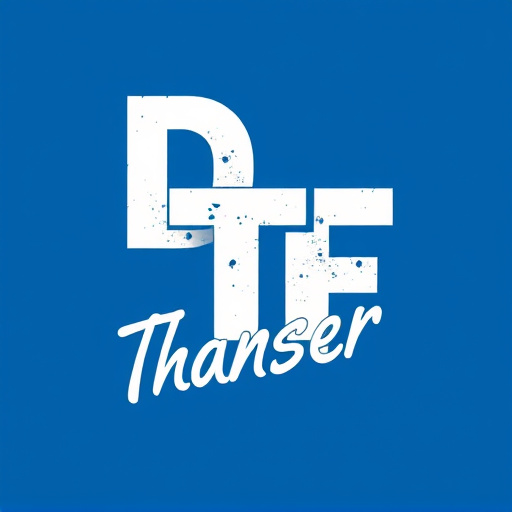
Transfers designed to be removed while still warm, often referred to as DTF (Direct-to-Fabric) transfers, come with their share of challenges. One common hurdle is achieving precise alignment during application, which can lead to uneven prints or missed areas. This issue can be troubleshooting by using alignment guides on the fabric and ensuring the transfer is securely pressed onto the desired location before heating.
Another frequent problem is the potential for the transfer to adhere too strongly to the backing paper, making it difficult to peel off cleanly. To combat this, users should carefully follow the manufacturer’s instructions regarding heating time and pressure. Additionally, using a heated peeling tool or applying a solvent designed for DTF printing can help ease the removal process, ensuring clean, crisp DTF prints every time.
Real-World Applications and Case Studies

In various industries, the Direct-to-Form (DTF) transfer process has proven to be a game-changer when it comes to efficient and precise printing. One of its key applications lies in situations where transfers need to be applied while the substrate is still warm, enabling a strong bond and high-quality finish. This technique is particularly useful in garment manufacturing, where heat-sensitive inks adhere to fabrics during the pressing stage, resulting in vibrant and long-lasting DTF prints.
Case studies have shown that DTF Transfer technology enhances productivity by streamlining the printing process. For example, a study conducted in a clothing production facility revealed that adopting DTF Printing methods reduced the time required for applying graphic designs on t-shirts from 15 minutes to just 3 minutes per print. This not only improves efficiency but also allows businesses to cater to diverse customer demands with speed and flexibility.



